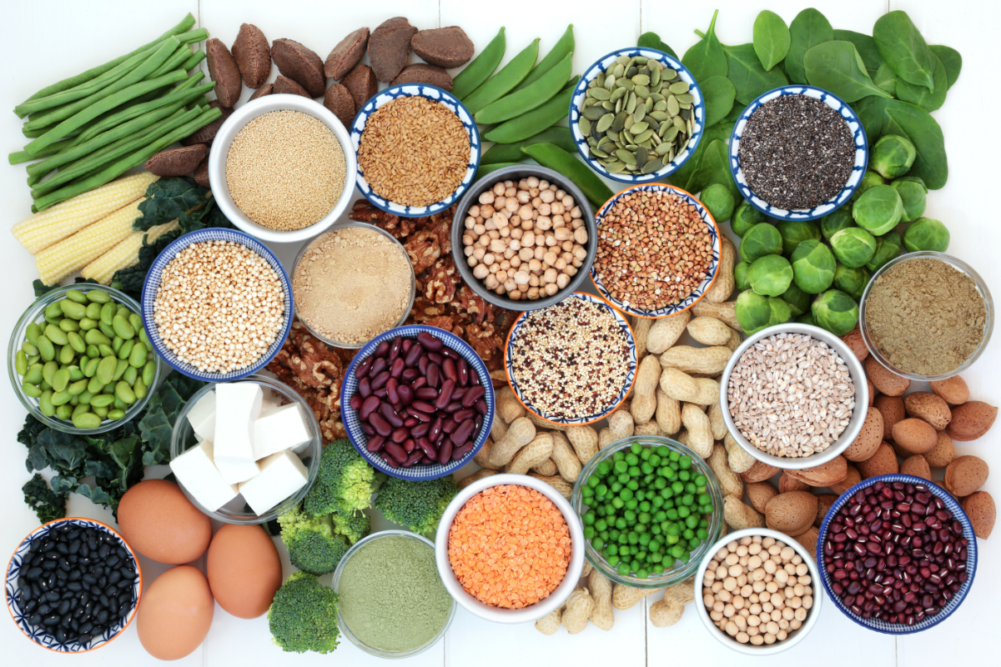KANSAS CITY — Water-holding capacity, allergens, cost and flavor all come into play when companies choose plant protein sources for meat alternatives. Each source has its own strengths and weaknesses.
Soy delivers a higher protein content but has some flavor-masking challenges and allergy concerns, said Scott Cowger, vice president and national sales manager for Cereal Ingredients, Inc., Leavenworth, Kan., which offers texturized vegetable protein. Wheat has a higher protein content, but some people have a negative opinion of gluten, he said. Peas contain a considerable amount of protein and not an allergen concern, but they have some flavor challenges. Chickpeas show promise, but their fat content may create extrusion challenges.
“We have been working with chickpea protein as the next possible big thing,” Mr. Cowger said.
Hormel Ingredient Solutions, Austin, Minn., uses pea protein in its new meat alternative ingredients: full cooked traditional and Italian-style crumbles and uncooked grounds. Potential applications include breakfasts, soup, pizza or entrees.
“We had very specific eating qualities we wanted to achieve,” said Dawn Canon, PhD, a food scientist for Hormel Ingredient Solutions. “Pea protein met all of the expectations we set for the product and achieved a higher level of sensory quality than other proteins.
“In addition to being extremely versatile, pea protein provides a very clean flavor that works well with the Italian-style seasoning profile, and as an allergen-friendly food, we felt that peas are an excellent form of protein that also represent a good source of essential amino acids.”
Archer Daniels Midland Co., Chicago, has formulated with beans.
“Beans can enhance a product label and also provide visual appeal in meat alternative products,” said Dina Fernandez, director of protein nutrition solutions, ADM Nutrition. “However, beans can come with functionality challenges. Their gelling, emulsification and water-holding capacity is more comparable to pea or chickpea ingredients than to soy proteins, which necessitates careful consideration during the product development process.”
ADM recently was asked to create a meat alternative burger patty featuring beans as the main protein source, she said.
“Initial prototypes were too soft and had a somewhat pasty texture,” Ms. Fernandez said. “We were able to overcome this challenge by incorporating multiple forms (whole and powder) of our VegeFull cooked ground bean ingredients to achieve a more desirable texture and improved visual characteristics.”
Vital wheat gluten helps to provide a resilient texture and bite, said Brook Carson, vice president of development and marketing for Manildra Group USA, Leawood, Kan.
“The viscoelastic nature of the protein contributes to a meat-like texture,” she said. “Seitan is a well-known meat substitute made from wheat gluten that is a great starting point for developing meat substitutes. It builds structure but can then be modified.
“Additionally, vital wheat gluten can add binding for burger and sausage type products. In these applications the gluten acts as the glue that holds the pieces together, but it also contributes an important textural component. If that binding interface is too soft or too firm, the bite of the burger can miss the mark on replicating the texture of meat.”
Textured soy protein remains the most economical and versatile plant-based protein for meat analogs, said Melissa Machen, senior technical services specialist – plant protein for Cargill, Minneapolis.
“This adaptable ingredient is available in numerous shapes, sizes and even colors, enabling formulators to mimic meat’s natural fibers,” she said.




